Your insights broadened the perspective on how a rug can influence room dynamics and aesthetics. It’s fascinating how something as seemingly simple as a rug size can deeply impact a room’s functionality and visual appeal.
Here are some additional thoughts on how your design objective can influence rug size selection:
- Layering Rugs: This creative approach can add depth and texture to a space. A larger, neutral rug can serve as a base, while a smaller, patterned or colorful rug placed on top can draw attention and create a focal point. This technique is particularly effective in achieving a dynamic and cozy atmosphere.
- Texture and Pattern Considerations: When thinking about the design objective, considering the rug’s texture and pattern in conjunction with size can further refine a room’s aesthetic. A larger rug with a subtle pattern can unify a space without overwhelming it, while a bold pattern in a smaller size can accentuate without dominating.
- Zoning in Open Spaces: Particularly in open-concept homes, using different rug sizes but in similar styles or color palettes can help delineate areas without the need for walls, creating “rooms within a room.” This approach maintains the open feel while providing visual cues to different functional areas.
- Adjusting to Room Shape: A room shape should also influence the rug size and placement. For example, a square rug in a square room can enhance symmetry and balance, while a rectangular rug in a longer room can help divide the space into more manageable, intimate sections.
- Consider Foot Traffic: When selecting a rug size, it’s important to consider the flow of foot traffic through the room. A larger rug that allows for all furniture legs to be on the rug might create a more cohesive look but ensure that the pathways around and through the seating area are clear and unobstructed.
By integrating these considerations with your initial thoughts, anyone can approach rug selection with a holistic view, ensuring that the rug not only fits the space physically but also enhances its function and beauty. And indeed, experimentation is key—sometimes it takes a few tries to find the perfect rug that meets all your design objectives.
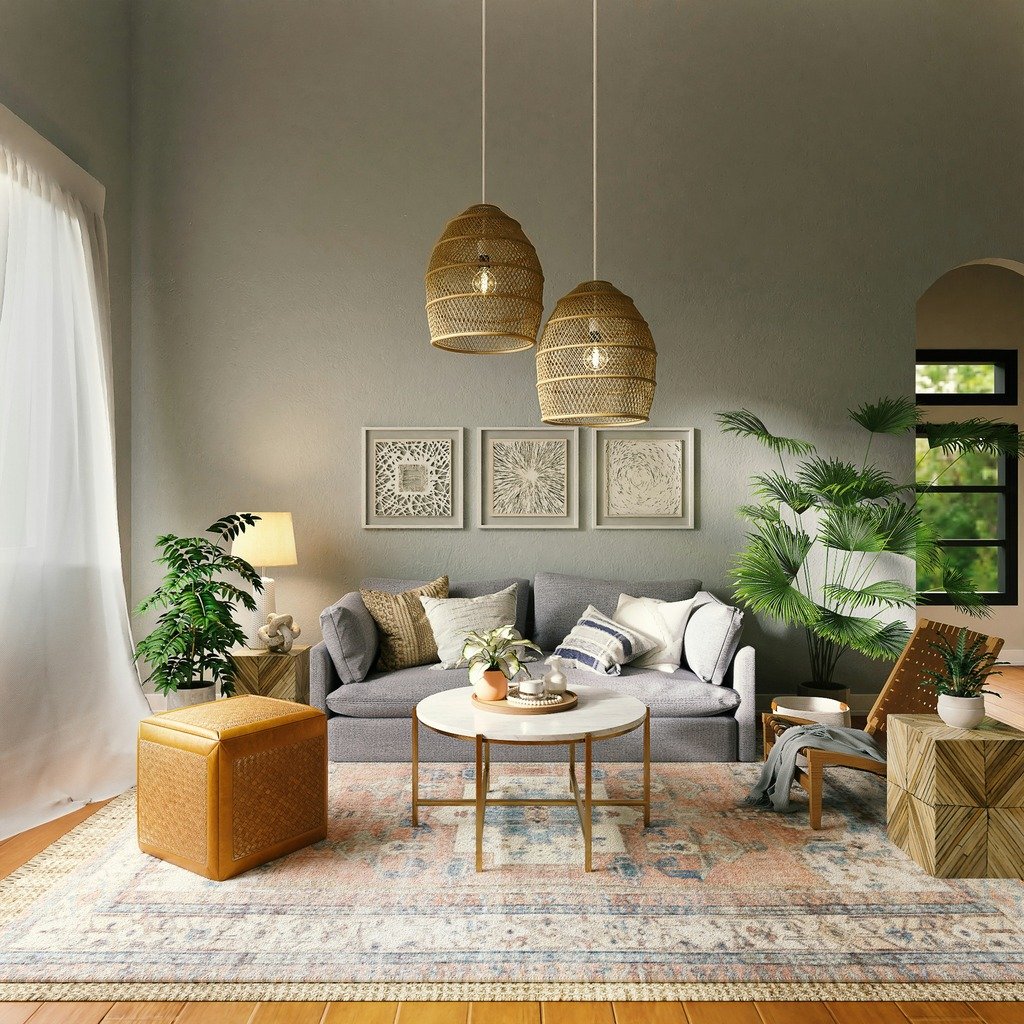
Different Categories Of Area Rug Sizes
The variety of rug sizes available allows for flexibility in designing spaces that are both visually appealing and functional. Whether you’re decorating a small apartment or a spacious home, selecting the right rug size is crucial in achieving a harmonious and well-balanced environment.
Large Rugs
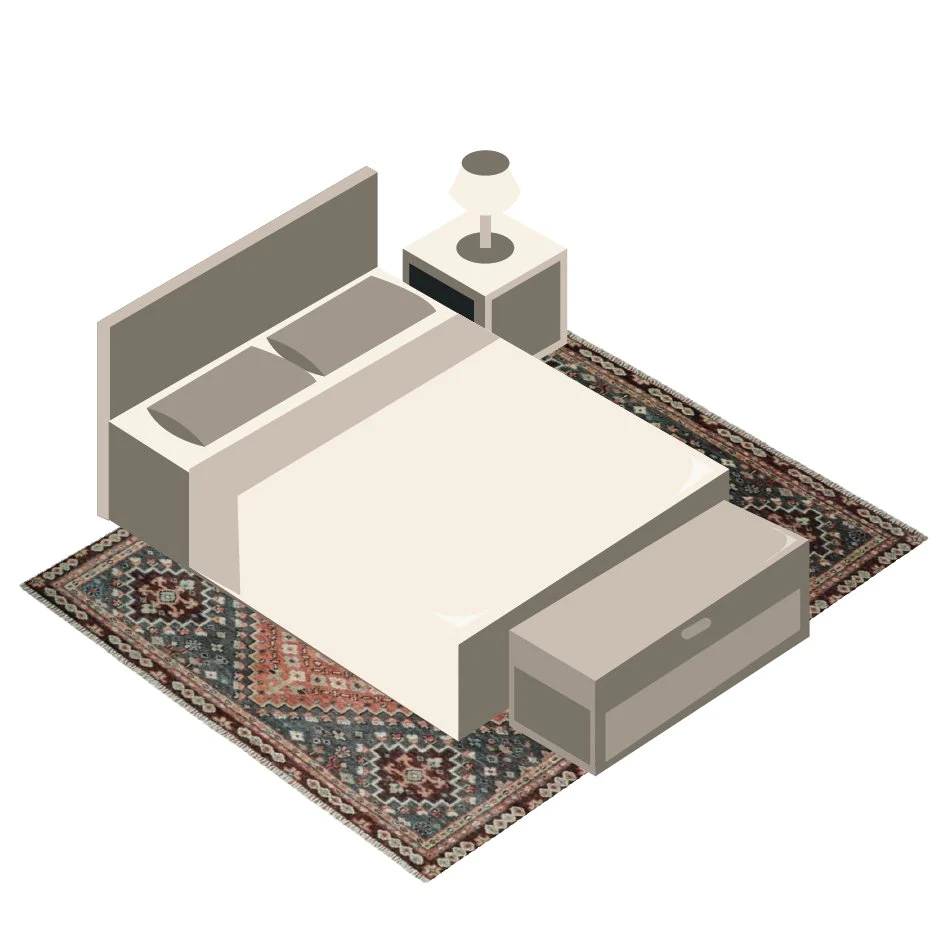
The large rugs are indeed ideal for spacious rooms like living rooms, dining areas, or master bedrooms. They provide ample coverage for the floor, helping to define the seating or dining area and anchor the furniture arrangement. The suggested rug sizes for large rooms, such as 8×10 feet, 9×12 feet, 10×14 feet, or even 12×15 feet, offer enough scale to create a balanced and visually appealing layout.
Medium Rugs
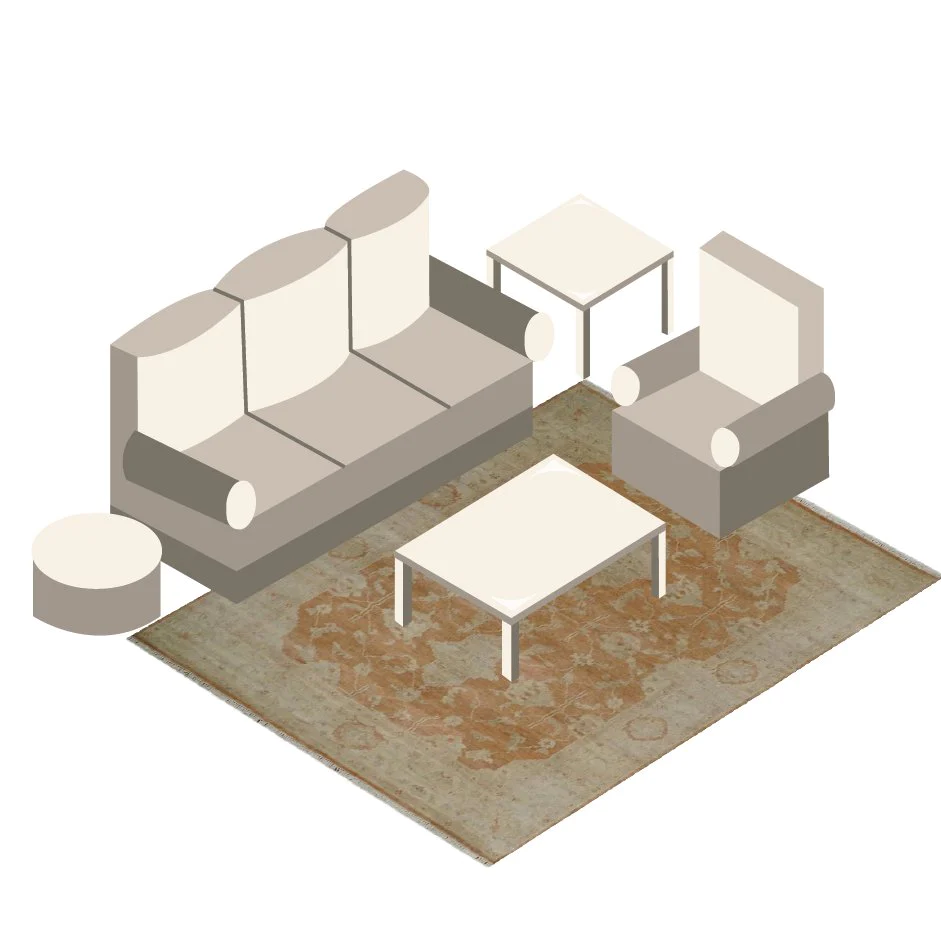
Indeed, medium-sized area rugs offer a versatile and popular option for various rooms and purposes within the home. Standard sizes such as 6×9 feet and 5×8 feet provide ample coverage while still allowing for flexibility in placement and usage.
Compared to larger rugs, medium-sized rugs often come at more affordable prices, making them accessible to a wide range of budgets.
Small Rugs
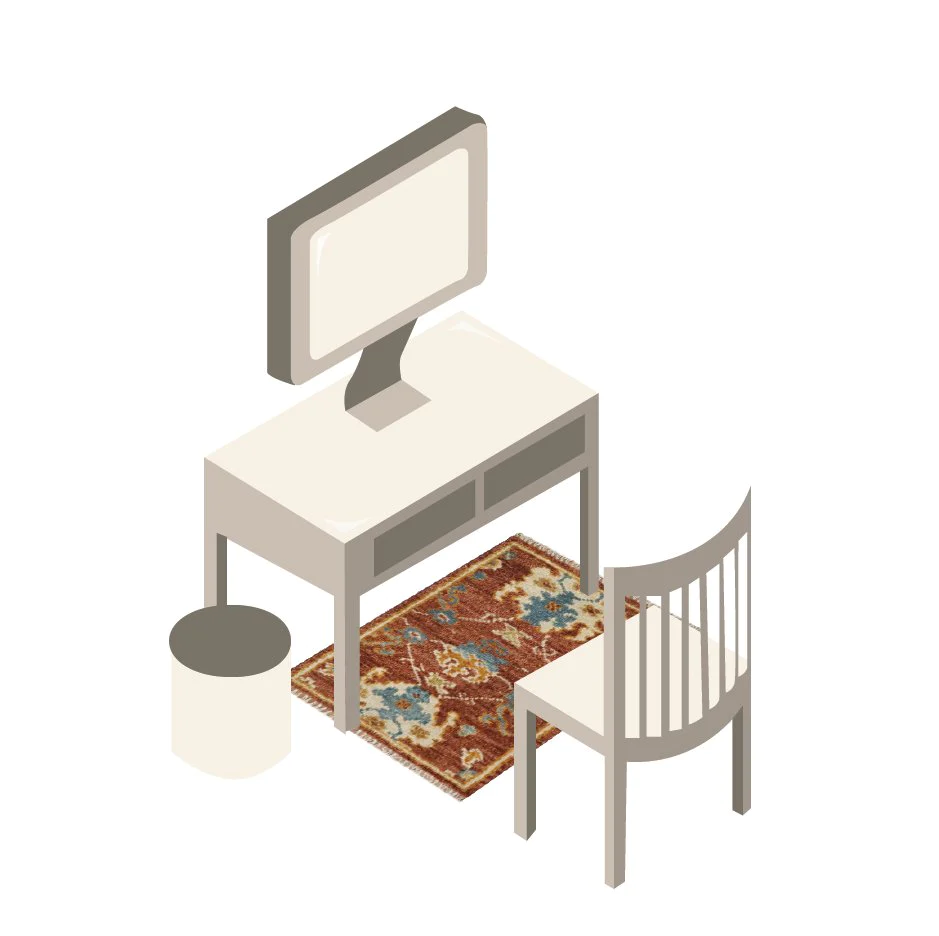
Small area rugs play a significant role in interior design by adding both style and functionality to smaller spaces within the home. They are essential design elements that can elevate the style and functionality of a room without overwhelming its overall aesthetic. Whether used in entryways, kitchens, bathrooms, or to highlight specific areas within larger rooms, small rugs offer a range of benefits. Common small rug sizes include 3 x 5 feet or 4 x 6 feet, and more.
How To Choose The Right Rug Size
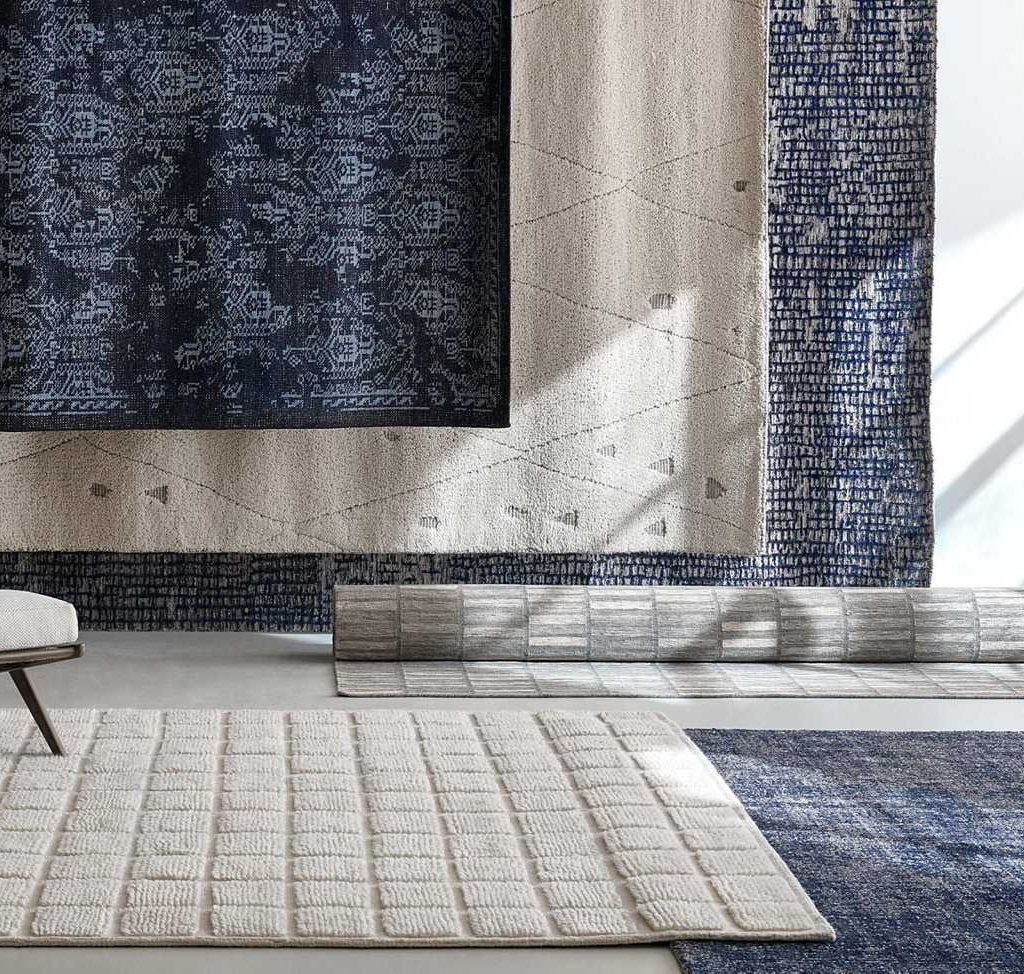
Considering the size of the room as the primary factor when selecting a rug size is a fundamental principle in interior design. It ensures that the rug proportions harmonize with the overall scale of the space, preventing it from overpowering or getting lost amidst the furniture and decor.
Selecting the rug first, is a wise approach, particularly for larger rooms or open-concept spaces. It establishes a foundation for the room’s design scheme, allowing other elements like furniture, drapes, and decor to be chosen in alignment with the rug’s color palette, pattern, and style.
Regarding the coordination of large rugs with the room’s decor, achieving visual balance is key. This may involve considering factors such as the rug’s pattern, texture, and color relative to the other elements in the room. Additionally, ensuring that there’s ample space around the edges of the rug can prevent it from feeling overwhelming.
Smaller rugs, on the other hand, offer an opportunity to introduce accent colors or patterns into the room. They can serve as focal points or tie together specific areas within a larger space. By selecting smaller rugs that complement existing decor, continuity and cohesion can be maintained throughout the room.
Your tip about choosing rugs crafted from durable materials for high-traffic areas is invaluable. Practical considerations like durability and ease of maintenance are crucial, especially in spaces where the rug is likely to endure heavy use.
In summary, anchoring rug selection based on the room’s size, coordinating it with the overall decor and considering practical factors like material durability are all essential steps in creating a cohesive and inviting living space.
Here are some key considerations when choosing the rug size for your space:
- Room Dimensions: It is crucial to consider the length and width of the space where the rug will be placed to determine the appropriate size of the rug. In larger rooms, a rug that covers a significant portion of the floor can anchor the space, while in smaller rooms, a smaller rug can create a cozy and intimate feel.
- Furniture Placement: In living rooms, the rug should be large enough to accommodate all furniture pieces or at least the front legs of sofas and chairs. In dining rooms, ensure that the rug extends beyond the edges of the table when chairs are pulled out. In bedrooms, a rug needs to be placed under the bed with enough space around the edges for a balanced look.
- Visual Impact: The size of the rug can greatly impact the visual perception of the room. A larger rug can make a space feel more expansive and cohesive, while a smaller rug can create visual interest and define specific areas within a room.
- Style and Design: A large, neutral rug can serve as a versatile backdrop for various decor styles, while a smaller rug with a bold pattern or color can make a statement and add personality to the space.
- Practical Considerations: Think about the functionality of the space and how the rug will be used. In high-traffic areas, choose a durable rug material that is easy to clean and maintain. In children’s rooms or play areas, opt for rugs that are soft and comfortable for sitting and playing.
Living Room Rug Sizes
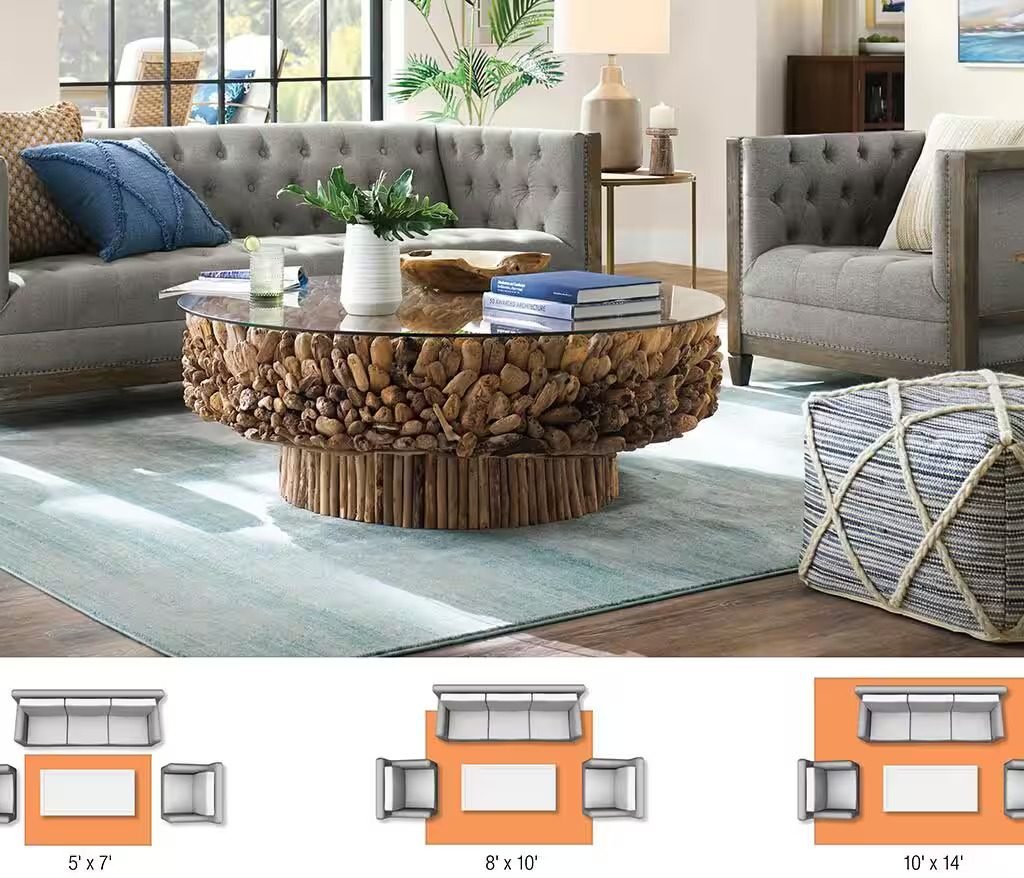
Living room rugs plays an important role in defining the space and tying together the furniture arrangement. The common rug size for living room spaces is often 9′ x 12′, but the size you select should depend on both your furniture arrangement and the size of the room.
Bedroom Rug Sizes
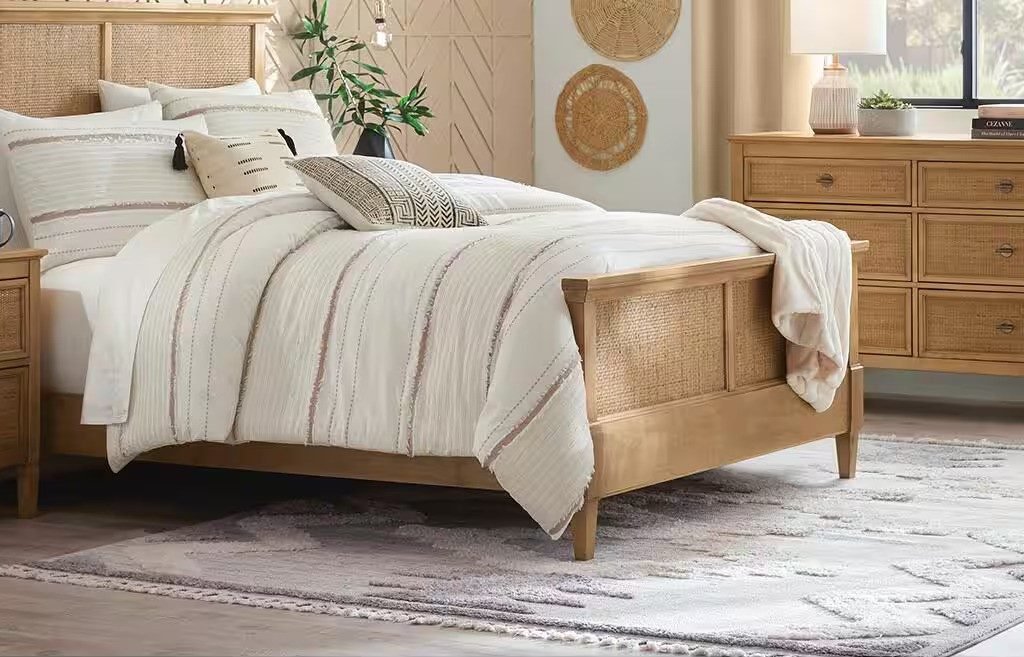
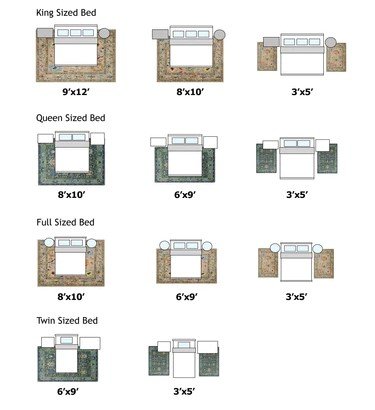
Ideal for unifying the bed and nightstands within one cohesive space. 8′ x 10′ or 9′ x 12′ rug sizes are perfect for larger bedrooms where you want the rug to extend beyond the sides of the bed, allowing the top edge of the rug to align with the headboard. Placing the nightstands on the rug helps to anchor the room’s decor, providing a balanced and luxurious feel.
For bedrooms where space is limited or the bed is positioned against the wall, one or two runner rugs can offer warmth and comfort without the need for a large area rug. This option is especially suitable for king- or California king-sized beds, providing a soft landing for your feet in the morning or evening without overwhelming the room.
The right rug size and placement can transform the bedroom from merely functional to a luxurious retreat.
Dining Room Rug Sizes
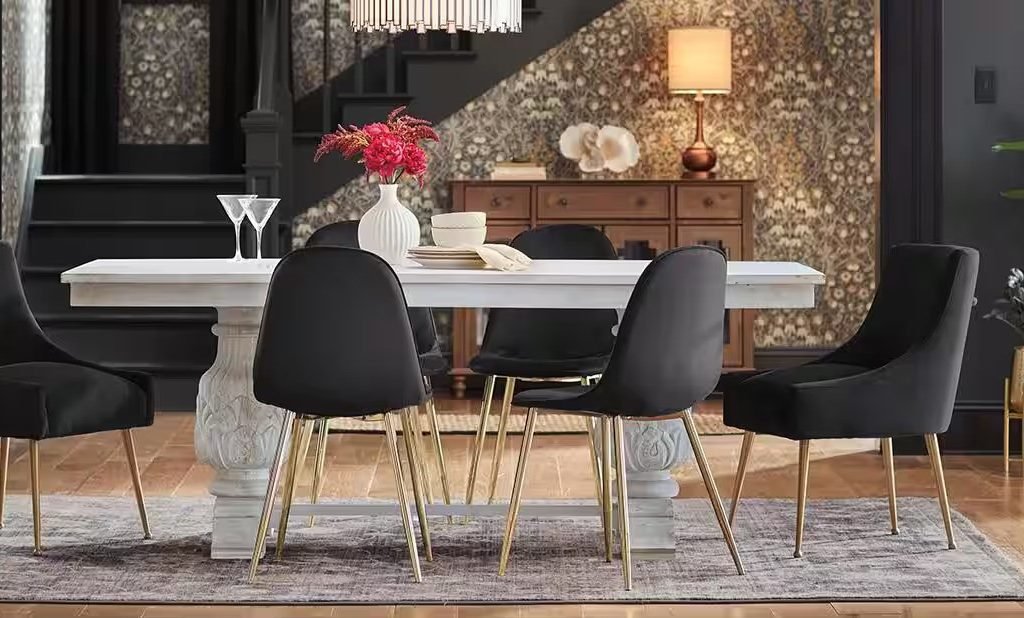

9′ x 12′ rug size is generally ideal for accommodating a table and six chairs, providing ample space for the chairs to be moved back and forth without leaving the rug. It’s suitable for medium to large dining areas.
4′ or 6′ round rug is perfect for small apartments or spaces where a bistro set is used. The round shape of the rug can echo the silhouette of the set, creating a harmonious look and feel. A round rug can also help soften the space, making it feel more inviting.
Rug Size Chart - Dimensions In Feet, Inches And Centimeters
Breaking down rug sizes into different measurement units can simplify selecting the right rug for your space. Here’s a helpful breakdown along with a sizing guideline:
- Measure Your Room – Before selecting the rug it’s crucial to have a room size (length and width) ensuring you have the dimensions on hand for reference.
- Sizing Guideline – It’s recommended to choose a rug that allows for some extra space around the edges of the furniture arrangement.
- Consider Additional Factors: In addition to room size, consider other factors such as furniture placement, traffic flow, and the overall aesthetic of the space. Ensure that the chosen rug size complements these aspects and enhances the functionality and style of the room.
Standard Area Rug Sizes in Feet, Inches and Centimeters
In Feet (WxL) | in Inches (WxL) | in Centimeter (WxL) |
2’x3’ | 24’’x36’’ | 61×91 |
3’x5’ | 36’’x60’’ | 91×152 |
4’x6’ | 48’’x72’’ | 122×183 |
5’x8’ | 60’’x96’’ | 152×244 |
6’x9’ | 72’’x108’’ | 183×274 |
8’x10’ | 96’’x120’’ | 244×305 |
9’x12’ | 108’’x144’’ | 274×366 |
10’x14’ | 120’’x168’’ | 305×427 |
12’x15’ | 144’’x180’’ | 366×457 |
Other Rug Dimensions
In Feet | in Inches | in Centimeter(c.m.) |
6’x6’ Round Rug | 72’’x72’’ | 183×183 |
8’x8’ Round Rug | 96’’x96’’ | 244×244 |
2.6’x4’ Runner Rug | 31’’x48’’ | 80×122 |
2.6’x6’ Runner Rug | 31’’x72’’ | 80×183 |
2.6’x8’ Runner Rug | 31’’x96’’ | 80×244 |
2.6×10’ Runner Rug | 31’’x120’’ | 80×305 |
2.6’x12’ Runner Rug | 31’’x144’’ | 80×366 |


 Cart is empty
Cart is empty